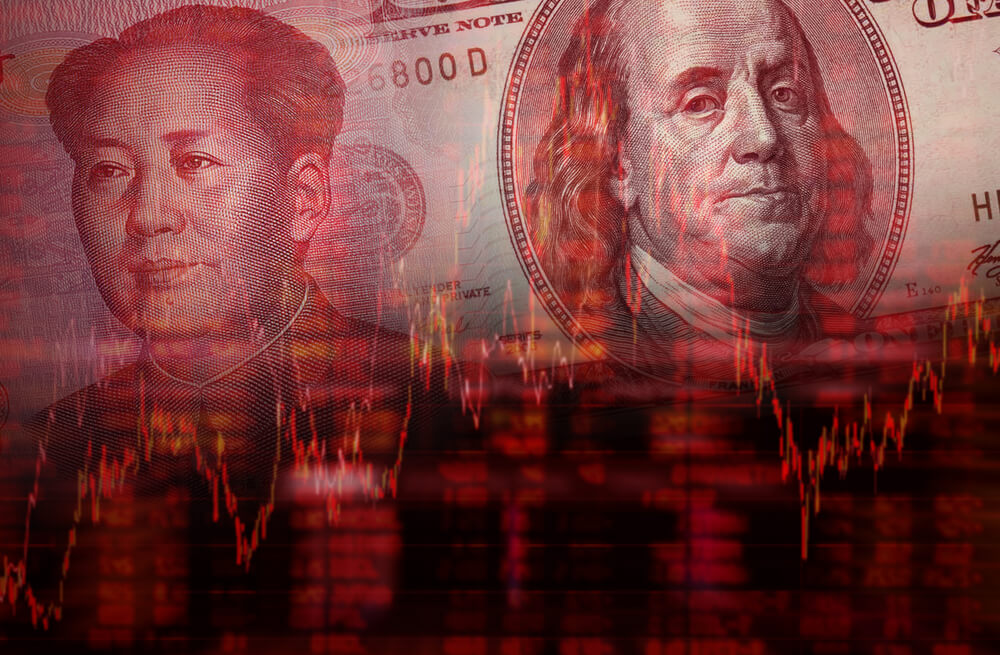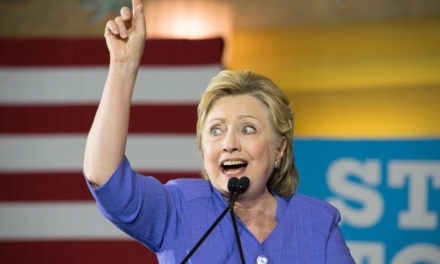Bloomberg reported:
There’s still plenty of time for equities to recover and gain for a sixth consecutive week, which would match their longest winning streak since they advanced for 10 consecutive weeks over the course of late 2017 and early 2018. But doing so may hinge on a critical event Tuesday.
Even with the modest decline, the MSCI All-Country World Index is still up 19% this year. The surge in recent weeks is due largely to optimism that the U.S. and China are close to reaching an agreement on “phase one” of a broad trade deal. It doesn’t matter that the details are likely to be modest; what matters is that it would signal that the trade war isn’t worsening. That’s why President Donald Trump’s address to the Economic Club of New York on Tuesday is so critical.
If we were an SEC bloodhound, we’d be on the trail. We’d look to see who’s placing big bets.
No matter how tight you try to control it, word gets out. Some insiders are bound to know, in advance, what the president will say whenever he gives a speech. And they know, too, that the stock market will react.
A big (anonymous) bet on the upside likely means the president will announce a great victory in the trade war. A big bet on the downside means he’s not ready to settle. And no bet at all leaves us wondering.
But wondering is what we do … And today we wonder how anyone could take the headline news and numbers seriously …
Financial Shenanigans
If The Donald announced a victory, stocks were likely to rise. But there is no plausible trade war victory that would boost the value of America’s capital stock appreciably.
And the stock market is already at all-time highs. (Trump’s trade advisor, Peter Navarro, says the Dow could hit 30,000 in 2020!) Buy! Buy! Buy!
Unemployment is at all-time lows. And the economy is still rolling along — at the same 2.5% growth rate it did under Obama.
But let’s squint and look beyond the headline news.
In the first place, the dollar and the stock market no longer accurately record the real value of America’s industries. In terms of America’s most reliable money — the dollar before 1971 — even with recent gains, the typical stock owner has less than half as much real wealth as he had in 1999.
And even that is more a feature of the Federal Reserve’s cheap-money policies, buybacks and other financial shenanigans than it is a real measure of what corporate America is worth.
Nor is the unemployment rate a good measure of what the working man is up against. This century has seen a continuing shrinkage in America’s high-wage manufacturing industries … and a big expansion in low-wage, service jobs.
The Bureau of Labor Statistics’ unemployment rate makes no distinction. But there’s a big difference between a job with a $58,000 paycheck and one that earns only $25,000.
The laboring class sells time. If a worker sells his time to a manufacturing business, he gets an average of about $28 an hour. If instead he parks cars or waits tables, he is likely to get about $14 an hour.
The trend toward fewer jobs in manufacturing and more in service industries has been going on a long time. There were 21 million “goods-producing” jobs in America in 1965. Today, there are … 21 million! Not a single additional high-paying job in manufacturing has been added in 54 years.
This means that anybody who is just wading into the employment pool is much more likely to find a job in the service sector … and more likely to get $25,000 a year rather than $58,000. And since 10,000 of these tadpole “millennials” turn 21 every day … that makes a lot of new people with “jobs” but not much money.
And it looks to us like the hard times are just beginning …
Limping Into Recession
In China and Hong Kong, our man on the ground — Tom Dyson — reports bad signs for both economies. Tom:
Official statistics released two weeks ago showed Hong Kong had entered a recession. Capital is fleeing. Tourism is down 50%. Retail sales dropped 18% in September … the worst fall on record …
In China, a bank may be about to collapse in Henan Province. The Wall Street Journal reported in late October that angry depositors were demanding their money. Three banks already collapsed in China this year.
Last week, I also read a steel company — Xiwang Group — defaulted on its bonds. Then bond prices of two other companies from the same region crashed in response …
And China’s Purchasing Managers’ Indexes (PMIs) are about to hit lows not seen since the financial crisis. These PMIs indicate economic activity.
Meanwhile, in Europe, Germany is already “limping into recession,” and Britain is not far behind. The Financial Times reports:
The UK economy avoided a technical recession in the third quarter of the year, but annual growth sank to its lowest rate since 2010.
The official growth rate of 0.3% marked the first quarterly data figures for half a year that were not seriously distorted by stockpiling and the subsequent winding down of inventories either side of the original end of March deadline for leaving the EU.
The sluggish growth in Europe has been blamed on Brexit. Businesses and investors are said to be reluctant to undertake new ventures when they don’t know when or how Britain will leave the EU.
And in the U.S., fingers point at the “trade war” when a culprit is needed. But how much damage Trump’s trade attacks have done to the economy is debatable. After all, the growth rate under Obama — without trade wars — was exactly the same.
But wait … One of the biggest components of GDP is government spending. During the Obama years, GDP increased 2.5% per year with the help of $75 billion per year in extra federal spending.
Trump increased the government component to $185 billion. That additional federal spending — $110 billion above and beyond the Obama total — toted up to about one-half of a percent of GDP.
Take out the extra (borrowed … printed … wasted) government spending, and the Trump GDP growth rate falls to only 2%. And the Atlanta Fed is projecting it to fall to 1% in this fourth quarter.
Stay tuned …
Regards,
Bill
• This article was originally published by Bonner & Partners. You can learn more about Bill and Bill Bonner’s Diary right here.




